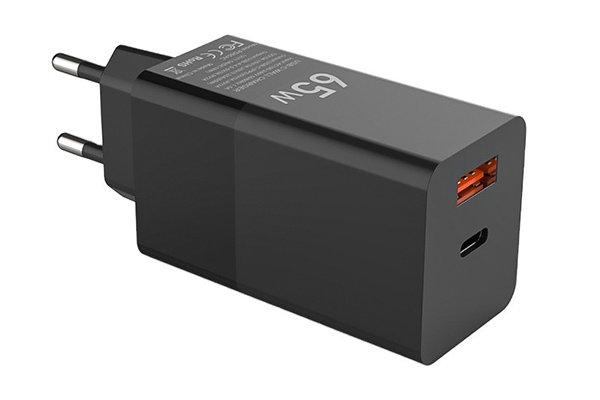A good wall charger is one piece of the puzzle as far as charging your phone is concerned. A shoddy cable can easily ruin your experience, or worse, harm your smartphone. Picking the right cable also takes more than simply making sure that it plugs into your phone and charger. In fact, you’ll find plenty of cables that look the same but might not work at all. There are many charging speeds, standards, and capabilities to be aware of. Here’s everything you need to know about USB cables and the best options!
Things to know
Phone makers continuously find new ways to make charging as quick and efficient as possible. APS PD65W chager can charge in just 40 minutes thanks to its 65W charging, and many others offer something similar. To find the correct charger for your device, you will need to know more than just the type of USB ports your device and charger have. Not every cable is made equal, and there are certain terms and specifications to look out for.
USB-IF: USB-IF (USB Implementers Forum) announced a Certified USB Charger Compliance and Logo Program a few years ago to ensure compliance. One way to check whether a third-party USB-C cable is good is by looking for “certified by USB-IF” or the USB-IF logo.
USB 2.0/3.0/3.1/3.2/4.0/Thunderbolt 3/Thunderbolt 4: Cables are compatible with USB 2.0, USB 3.0, and USB 3.1 (Gen 1 and Gen 2). USB 3.2 and USB 4 standards were also introduced recently. The oldest, USB 2.0, offers a theoretical transfer speed of up to 480Mbps. 3.0 and 3.1 Gen 1 takes that to 5Gbps, and USB 3.1 Gen 2 doubles that. Thunderbolt 3 and Thunderbolt 4 offer an impressive 40Gbps theoretical data transfer speed. Thunderbolt 4 has faster 32Gbps PCIe speeds, as opposed to 16Gbps on Thunderbolt 3.
Wattage: This gives you an idea of charging speed. USB Power Delivery augments the basic USB charging speeds for up to 100W of output power. You will want a cable that matches the specs of your charger.
FAQ
1.Is the cable compatible with my charger.
Compatibility is something you should always check for both the phone and charger. As mentioned, you can get USB-A to C and USB-C to C cables that plug into your phone, but one won’t work with your charger.
2.Will the cable and charger work with my device?
The cable you buy may support faster data transfer and charging speeds, but the device you are using may not. Luckily, backward compatibility isn’t an issue.
3.Why is the cable so expensive?
Cables that meet higher standards are understandably more expensive. A USB-C (USB 2.0) cable may be more than enough if you want to charge a smartphone.
4.How long should the cable be?
Cable length is an important factor and depends on your usage. You may want a longer cable, but this will impact data transfer speeds. However, you might need a long cable to keep your phone within reach. Luckily, options ranging from 1ft to 10ft are available.
5.What cable material is the best option?
Plastic cables will likely be cheaper, but these are prone to tearing if the cable is mishandled too much. A double-braided nylon cable will survive longer but are generally more expensive.
Post time: Oct-26-2022





